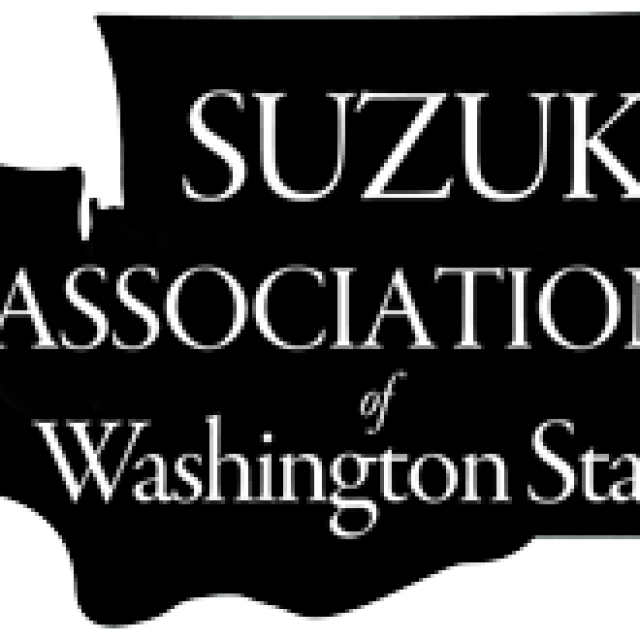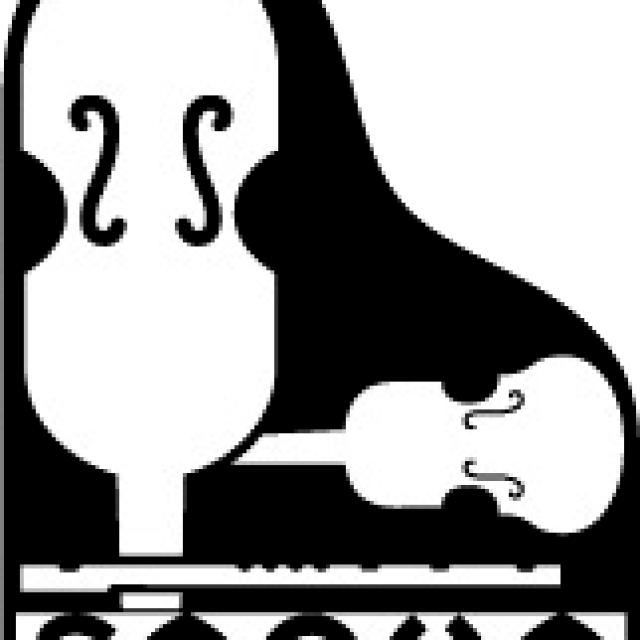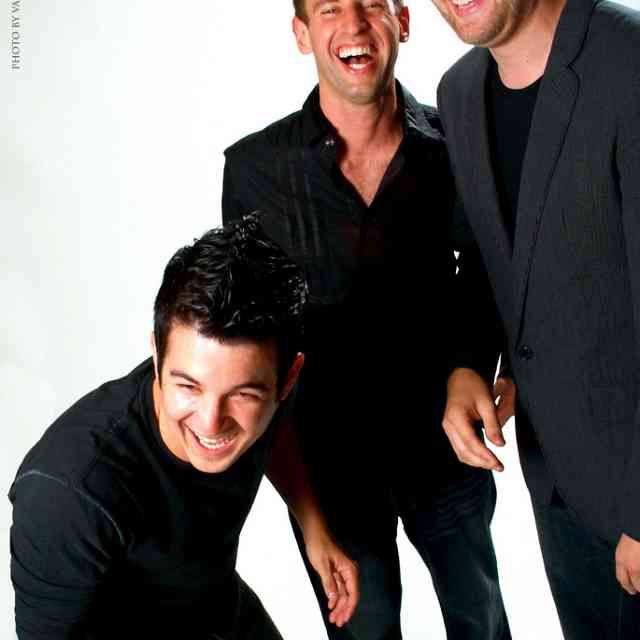One of my favorite definitions of art comes from Eric Booth’s address to 2012 graduates of the New England Conservatory:
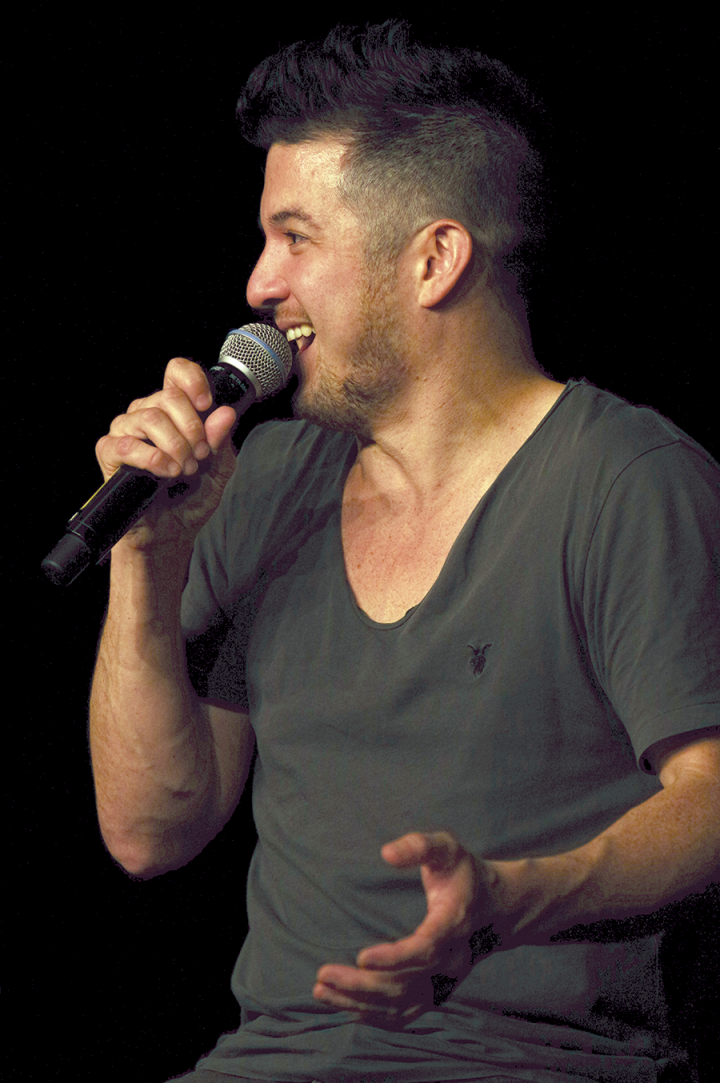
Nick Kendall
“Inherent in the artistic experience is the capacity to expand our sense of the way the world is or might be. The art isn’t in the noun you are looking at. It lies in the amazing human capacity to expand the sense of the possible. . . My definition of art, which I am hoping you carry away today, isn’t about creating fantastic, technically impeccable Bartok. It’s about making things you care about. . .”[1]
As a non-musician working in a musician’s world, I often find myself at Suzuki method events clinging to what I know—words, stories, and communication—and tuning out the rest of the technical music-speak. So I was surprised and pleased to sit in as Nicolas Kendall led an Advanced Violin Performing Ensemble rehearsal at the 2016 SAA Conference and come away changed, with an expanded sense of my reality. There I witnessed teaching as art, and at the heart of teaching, connection—connection as art.
This is where Nick excels. He is without a doubt an extraordinary musician, but the real work he does with Time for Three and the Suzuki Alumni Project, to name just two of his many professional endeavors, is about connection. I spoke with him about this work while he was in residence with the Sun Valley Summer Symphony in Sun Valley, Idaho.
Tell me about what Tf3 is doing in Sun Valley.
Tf3 is in our second year of Project Tf3, which is an amazing residency that we have with the Sun Valley Summer Symphony Orchestra organization. The residency is in two parts: The first part is a commissioning part, where the symphony commissioned Ranaan and myself to write a new piece for every summer with Tf3 and orchestra. Ranaan and I spend a considerable amount of time here composing the music, and then we come together with a composer of our choosing, which in this process acts as our architect—which is to say that they are not orchestrating, really, because we don’t want just an orchestrator, we want somebody who is excited about what we’re saying with our music and can put it in the hands of the orchestra, which we’re not skilled masters at. This summer, we are collaborating with our architect TJ Cole, who just graduated from the Curtis Institute of Music and did an incredible job. We just rehearsed with the orchestra yesterday, for the first time hearing the music come to life and it’s extraordinary to hear it. The piece that we wrote is inspired by a man named Antoine Leiris. His wife was at the Bataclan nightclub when the terrorists came and did all that awful stuff to hundreds of people and he made this statement—he and his wife had a one- or two-year-old son—he said in his statement, my son will never know hate, in fact, my son will insult you by only knowing love, and in fact, I have to go back to his daily morning routine right now because he will not know anything about hate. I only have love to share.[2]
Both Ranaan and myself, when all that happened, that testimony really stuck out to us, as well as to millions of people around the world. So we took this idea of hardship and when faced with complete misery, and in this case, terror, how humans can come together and choose not to be put down by fear. We wrote this simple little theme, which turned out to be a folk song mashed up with the children’s song Pop! Goes the Weasel. The outer two movements are these themes and melodies that exist in a semi-positive, reflective way, but TJ and her incredible hand created the orchestra part—the orchestra plays the part of the sinister color of the realities of life, but these positive melodies keep coming through. It’s a pretty deep but really amazing piece, and it’s really great to play. It’s not only to commemorate the awful thing that happened in Paris, but it’s more about the strength of humanity.
The second part of our residency is about education. We’ve had the wonderful opportunity here to work with a local high school group of kids, both their orchestra and choir. Every year, we work with the kids, we come here periodically, and we believe very strongly that music and creativity needs to be at the center of every child’s life and curriculum when they’re young. People sense that the arts create more well-rounded children, but we want to go further and prove that. We want to put numbers behind that and do research. Time for Three has started our own foundation that will help that. Sun Valley has allowed us to really work with these kids for several years, and we’re already seeing that the kids that we work with are winning math and science prizes and also the state music competitions. So, we’re starting to see little bits of success here and there, which is very heartwarming. Not besides the fact that a lot of the kids we see here are from the working class—this is a very privileged community here in Sun Valley, and the school that we’re going to is the school that the children of the workers attend. We see the families gather around these young high school kids so happy to see that they’re so driven and excited about something in their life, which is working with us. It’s been rewarding on a lot of fronts and it’s probably equally important as the commissioning project, which is a very selfish but incredibly amazing artistic opportunity for us.
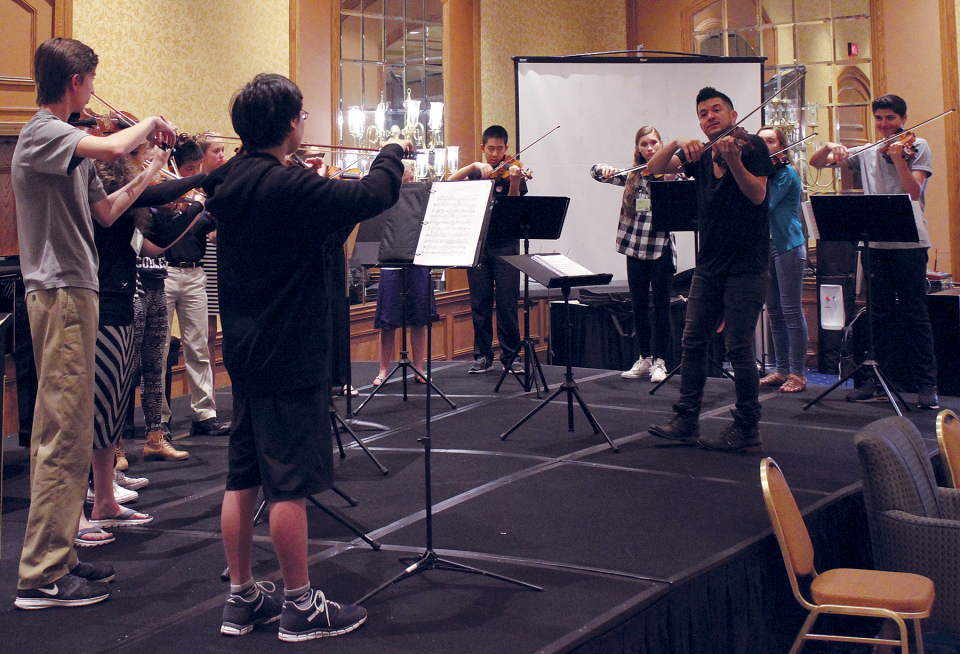
Nick Kendall and members of the Advanced Violin Performing Ensemble at the 2016 SAA Conference
You coached the students of the Advanced Violin Performing Ensemble at this year’s SAA Conference. They were already playing at a very high level, they were really well-prepared, and then they worked with Tal Schifter and Nicolette Solomon to further refine the pieces—how did you view your role coming in, and what were you hoping to accomplish with them?
I was hoping to accomplish a memorable experience for all of us. I wanted everybody to walk away and have the feelings I have when I have met teammates on common ground and we’ve all worked together to create an incredibly special moment that we’ll always remember and to be able to use it as a point of inspiration during hard times—to use it as in, “Well, I was able to do that, so maybe what I’m trying to accomplish now can actually happen, too, if I have this attitude.” The idea really was, singularly, to have a great time and a meaningful time. Over the years, I feel like that’s one of the things I know I can offer. Of course, in this situation, I’m their elder—and I’m only their elder because I’ve lived longer and had more experiences—so I can give perspective on this. I don’t think of myself as better, it’s only to help guide in the direction that we will all find together. That’s really what happened, and I’m so honored that everybody was willing to play my piece. This was the first time I’ve written something and put it in the hands of others to play, so it was incredibly meaningful for me. But it was meaningful also because that piece in particular, Taszo Tango, I had specific things in the music that would connect with certain feelings. The kind of sound I wanted to create in that song allows for the parts together to sound so magnificently incredible, and to be playing within that sound is so invigorating when I put my energy within that and ask everybody to play out and really play into those harmonies. So, I knew what it would feel like emotionally to be part of that experience. With the other repertoire, I was a little unsure how it would go, because I haven’t really gone to Suzuki land with an advanced group in this sort of setting in a while, but it was unbelievable. The Schubert—everybody just played with virtuosity and fearlessness, diving into the music, and that allowed me to shape it and work on texture. Probably, again, the most important thing is saying something with it. That was the most exciting thing I feel like I was able to do. I think it ties into the other things I’m doing in my life when it comes to education—at least for myself, once I connected emotionally to something when I was younger, it gave me great reason to work towards it and work towards a goal. If I understood how much I could empower myself to achieve my potential by working hard, by doing something that involved every bit of my being, then I knew that I’d have—you have this sense about living that you can’t explain, that you want more. I look forward to and want to do more of working with young people in this way. I feel like if everybody has this opportunity to hitch their wagon to this emotional core that maybe they would find their center even more in this crazy world that will definitely try them in very difficult ways. And they have to be strong at the core, and they have to work hard to understand that core. But working hard can be cool and working hard can realize great achievements in how you feel about yourself. That’s really at the bottom of why I love doing this sort of stuff.
How have you found you can transfer some of this knowledge from your experience to the kids you’re working with?
I think that’s when my experience and my perspective from having been on stage as a performer and in collaboration come in—I’ve had a lot of experiences that I can give back. The first and foremost thing that I try to bring is the pure energy and the desire to connect with oneself, with one’s inner voice and one’s core, because without that, you really don’t have everything else. I feel like one can always work on interpretation, one can always work on making sure intonation is just so. We try to avoid the word perfection, but I think instead of perfection, it’s how much can you achieve in your own self and in the group’s potential, if you’re working in a group context? That’s how I see myself playing that role. I’ve only been around longer, and I’ve had a lot of experiences that have given me perspective.
We can avoid true connection so easily these days. How do you help these kids find that connection with themselves and with each other when there are so many other distractions? How can other teachers do that?
Talking about young people—there are a lot of age brackets there, and some really big formative times, important times in a person’s growth that I’m not really an expert in. I do feel like the most important seed to maintain and protect at all times is the initial formative years. That’s why I love group class so much, that’s why I loved my teachers and I was very lucky to have great teachers who always made it fun and allowed me to be myself, but of course, nurtured me through discipline. It was always fun, we were always performing. That’s one of the things that I think is so healthy about group class, is that you’re constantly performing for others. Being on stage and having to be “on” and concentrate is sort of a routine thing that you get used to, and you’ll talk to a lot of professionals out there today who studied Suzuki, that was one of the main ingredients that helped them—the stage was somewhat a usual kind of situation. They were used to having to concentrate, and knowing what if felt like to approach the stage and have to perform, and being in the moment. Those are some ingredients that are touching only a few of the things I find so important in the formative years. For myself, in the teenage years, I just remember having a feeling of wanting to be included.
Doing this highly-specialized skill of playing an instrument or being an artist, looking towards a life of being an artist, it’s such a refined, small little world, that it’s required to nurture these skills that will eventually allow you to express yourself in a way that allows you to have a career. It can become very insular and very small, and the music that is required to build that kind of scope is not popular and it’s not easy to understand at first listening. The aspect of inclusion and feeling like your peers think what you’re doing is cool and respect you for it is important. Especially in our country—you have the football team, you have sports teams which are über popular. A step down from that is band, and then you walk down the music hall of the high school and you hear the band playing Kanye West and stuff that everybody’s listening to, and then you hear Eine Kleine Nachtmusik coming from the orchestra room. I think we could do better about finding creative ways to harness the skill and then, connecting with the Suzuki movement, the incredible ability of a good Suzuki student and the level they’re able to play at. It’s finding creative ways to empower them to be included in their student body, but also use every bit of what they’ve learned to express themselves, and I think there are some really exciting ways to do that. Time for Three has done that, for sure, we’re doing these mashups where we include the most iconic pieces in the classical repertoire with the most famous pop songs and find interesting connections. I don’t think doing mashups is necessary; even really creative arrangements of songs that everybody knows are really cool. I think there’s a lot of room in that area to explore.
You have talked a lot about mastering the basics—with the Suzuki curriculum and the curriculum at Curtis—and then adding on. Saying, “Yes, and…” How do you discern, in your own artistic life, what to add on?
For example, when I’m working on a new piece—a new concerto or a piece that is challenging me, I have this process where I’m spending the lion’s share of however much time I have, maybe up to 80 percent of the time, on just knowing the notes, making sure that I know the score and how my part works with every moment of the orchestration, and making sure I can pop-quiz myself and start in the middle of a fiendishly difficult passage and nail the crap out of it. Most of my time, I go through the non-emotional, just executing the logistics and the technicalities of everything. Then the last 20 percent, I’ll add in emotional playing. So if I have an hour to spend, I’ll spend most of that hour going through everything methodically and making sure I can play it up to speed, taking it slow, making sure I’m in tune. And then maybe there’s one passage that I sort of want to start experimenting with emotionally, so I’ll do that. I’ll use improvisation, do I want to phrase to the second beat, or maybe here I want to actually move through the fourth measure and really end up at the fifth measure; no, that doesn’t sound right, maybe I’ll use saltando instead. It’s interesting, my process is probably about 80 percent of the time, just getting to know the stuff, and then I start experimenting. So I use that as a model for myself, at least at this point in my life.
When it comes to curriculum and how to teach, I think that it’s so easy to want to change the structure that we know works and try to mess with it. I think it’s still crucial that the core structure of how we teach is still in place. Playing by ear and learning how to use the skill of improvisation—I think that’s also a term that one has to think about, because when come from classical music or when you come from a method that is so based in structure, improvisation means a total, extreme opposite. No music, you just have to make things up on the spot. Well, that’s definitely one aspect of improvisation. But if you know how to communicate with another human being, and you speak a language, and you’re using a language to communicate with somebody else, you are improvising. You are using thousands of hours of practice that you’ve accumulated by manipulating sounds with your voice, and you can communicate. The only difference with playing an instrument is that you’ve been speaking literally thousands of more hours than you have been playing your instrument. So we are all improvising on some very substantial level. It’s just how much of it and to what extreme does one want to use that as a tool in their structured practice of learning the basics. I think, if seen that way, it’s a little easier to digest, because you then add on a little bit of practicing that skill. I think a little bit in the early years is good; you don’t have to spend a ton of time, because again, the most important thing is to actually have the technique to say it.
How has your professional experience shaped the way you teach—especially the way you teach Suzuki students?
The one thing I feel like I’m able to offer is the joy, the creativity, what it’s like to be inventive and creative while making music. When I think about every age group, that is something that I want to do. I’m just so lucky that I’ve been given these opportunities to work in different parts of the world with Suzuki students. Whenever I go to Japan and work with these young little bitties playing, I want them to laugh, and I want them to imagine and to be completely immersed and engaged with what it is that we’re doing together. Of course, while I have their attention, we make sure that everything is perfectly together. If it’s not quite in tune, we’ve got to get it more in tune so we can be more scary with the big monster. It’s so fun—for me, I think it’s the most rewarding thing to be able to draw out children and young people so that it’s a fun experience, it’s a meaningful experience, and it’s meaningful and fun because they have been fully engaged with every moment of our time together. It’s super high-octane—I have a lot of energy, so I put it out there—and I demand a huge amount from these students. They have to be on. They can’t be sleepy, they can’t be tired; if they are tired and sleepy, I’m usually successful at drawing them out and waking them up.
When I think about my memories of Dr. Suzuki—and I definitely have memories of him, but the overarching inspiration that I see in my mind of Suzuki is about what he wanted for people, for children, through this method and through making music. It’s through achieving something and going through a process, you feel something different about yourself. And that’s very key, what I just said, because that applies to somebody who is eventually going to become a doctor or an astronaut or a community leader or a musician. It’s about the person. I think that’s what I look at and that inspires me so much about him and how I can infuse a little bit of my energy into the movement to remind us about that.
What I remember most about watching the rehearsals you were leading at the conference is that you all were working really hard, but you were also having a lot of fun. For me, that hit the nail right on the head of what Suzuki is all about. What is the spirit of Suzuki to you?
I think it’s inspiration, community, and human achievement. Through hard work and creating structure for yourself—for myself, creating that routine and structure—that will allow you to put one foot in front of the other and reach your goals. Perseverance—if you’re faced with a huge challenge, you’ve learned how to move forward bit by bit, knocking out one task after the other, not to see the huge mass of the unknown which seems to be overwhelming, but to methodically chip away towards a goal. The method really has taught us to build our own ladders and teach ourselves, which I think is so great.
I feel as though, because of a lot of what you’re saying right now, it’s never too late to be a Suzuki kid. It’s never too late to incorporate these teachings into your life, no matter what you’re doing.
Absolutely. The method is a set of tools in a tool chest that can be used far beyond the musician’s or artist’s life. They’re really tools to achieve any kind of challenge or goals in your life in any profession or any existence. It’s a way of thinking and problem-solving.
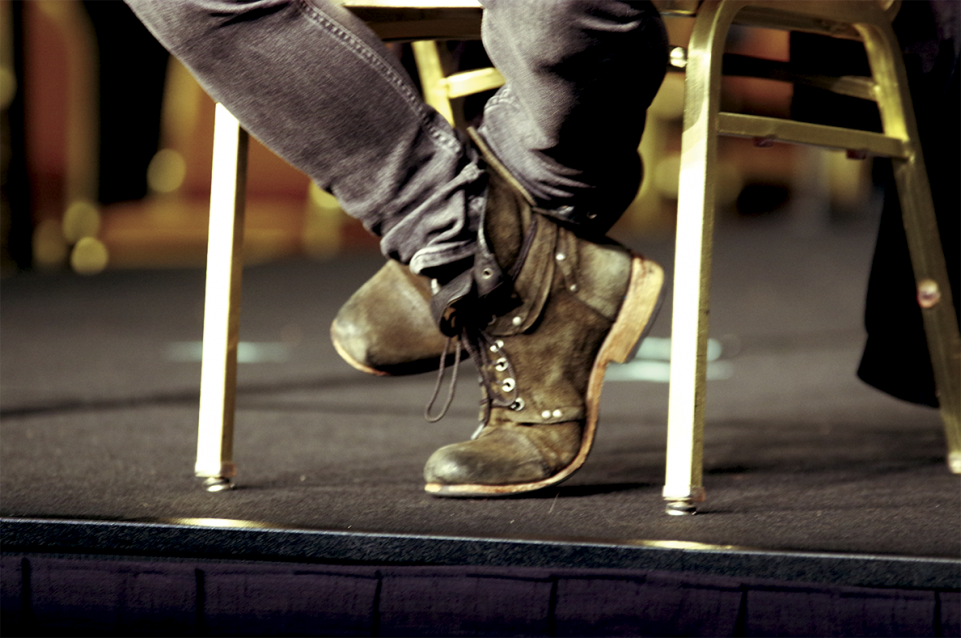
Nicolas (Nick) Kendall connects people through music. He picked up his first violin at the age of three. With an insatiable appetite for a diversity of expression, he went to the streets of Washington, D.C., to play trash cans for lunch money as a teenager. By college, he was forming pick-up rock bands at Curtis Institute between concert debuts at the most prestigious halls in the world.
Nick is one of our generation’s most persuasive champions of bringing new audiences to concert halls across America. Irreverent, funny, and relentless, Nick has become a force for bringing people together through music, on stage and off. His work is based on the simple idea that the energy you exude greatly impacts the relationships that you build.
Nick’s leadership comes from a long personal history with collective action. Years ago, Nick gathered his friends to form a band whose direction comes from the power of the collective, now the critically acclaimed East Coast Chamber Orchestra. His genre-bending trio, Time for Three, or TF3, creates new communities of audiences who otherwise might not participate in the performing arts.
Trained in the Suzuki method, which his grandfather, JohnKendall, brought to America in the 1960s, Nick continues the teaching tradition. As a caretaker of his craft, he is passing on the vitality of classical music to a new generation.
Primary Suzuki teachers: Ellie LeRoux (Albers), Jim Maurer, Susan Turcotte, Ronda Cole, Timothy Durbin, John Kendall
[1] Read a transcript of the full address: http://necmusic.edu/eric-booth-2012-commencement-speech
[2] View Antoine Leireis’ statement on the BBC website:http://www.bbc.com/news/world-europe-34862437

